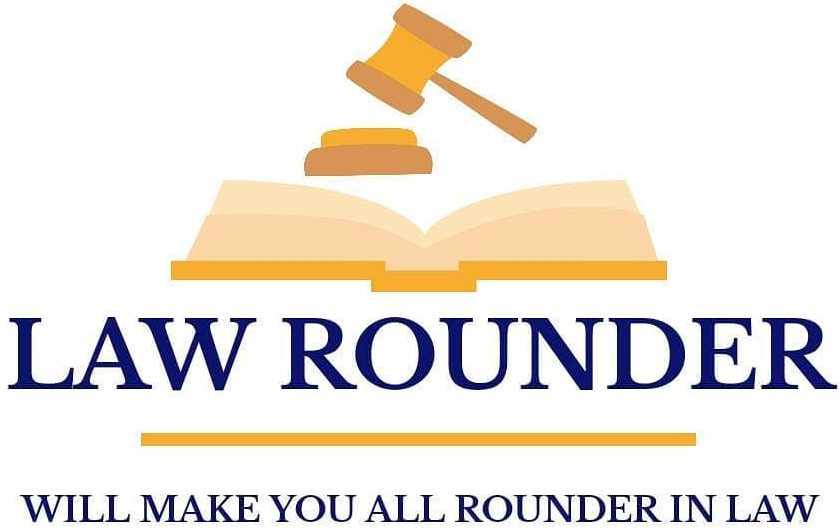
Introduction
What is Trademark?
Trademark is the type of intellectual property which consists of word, phrase, and sign, design who represent a company or a product. Examples of trademarks are NBC, IBM, Slogans, Stylized fonts and even colours.
Types of Trademarks:
There are different types of trademarks. They are as follows:-
1. Word Marks: – Word marks could also be words letters or numerals. A word mark offers the man of affairs a right solely within the word, letter or numerical. No right is wanted with relation to the illustration of the mark.
2. Device Marks: – Device mark is also known as a tool mark where the trademark lies within the distinctive illustration of a word, letter or numerical which includes label, sticker, logo etc.
3. Service Marks: – A Service mark is however a mark that distinguishes the services of one person than that of another. Service marks don’t represent merchandise, however the services offered by a person/Company. They are employed in a service business wherever actual merchandise underneath the mark don’t seem to be listed. It’s a mechanism on the market to safeguard marks employed in the industry. So businesses providing services like element and package assembly and maintenance, building and edifice services, traveller and transport, beauty and healthcare, advertising, publishing, academic and therefore the like are currently in an exceedingly position to safeguard their names and marks, the substantive and procedural rules governing the service marks are essentially identical.
4. Collective Marks: – Collective marks square measure accustomed inform the general public a couple of specific feature of the merchandise that the collection mark is employed. The owner of such marks could also be an associated or public establishment or cooperation. Marks getting used by cluster of corporations will currently be protected by the group put together. Collective marks are want to promote explicit merchandise that have bound characteristics specific to the producer in an exceedingly given region.
5. Certification Marks: – Certification marks are used to define standards. The presence of a certification mark on a product indicates that the product has successfully gone through a standard test specified.
6. Well-Known Marks: – When a mark is definitely recognized among an outsized proportion of the population it achieves the trademark standing of a widely known mark. Persons won’t be able to register or use marks, that square measure imitations of well-known logos.
7. Unconventional Trademarks: – Unconventional Trademarks are those trademarks that get recognition for their inherently distinctive feature.
From all of this above types of trademarks. In this article we are going to see in detail about unconventional trademark.
Unconventional Trademark in India
The Indian Trademark Regime has, so far, imitation the stand of European Economic Community as way because the necessity of graphical illustration for a trademark is bothered. Thus, it makes registration of non-conventional logos far more rigorous in India than within the other countries. The non-conventional logos possess ability of supply symbol despite not being simply diagrammatically expressible. The operating people trademark regime demonstrates the truth.
Types of Unconventional Trademark
Types of unconventional trademarks are as follows: –
Colour Trademark: – If a selected colour has become a particular feature indicating the products of a selected merchandiser it is registered as a trademark. As an example: – Tiffany Blue.
Sound Marks: – Signs that area unit perceived by hearing and that is distinguishable by their distinctive and exclusive sound are often registered as a sound marks. For example: – T- mobile logo and ringtone.
Shape Marks: – When the form of products, packaging has some dignity it are often registered. For example: – Decorative Lamps.
Smell Marks: – When the smell is distinctive and can’t be mistaken for an associated product it are often registered as a smell mark. For example: – Bubble gum.
Legal Aspects of Unconventional Trademark in India
The new trademark rules that came into existence on 6th March 2017 ushered during a new era for registration of unconventional marks. The new trademark rules give for the registration of sound marks underneath Rule 26(5). Sound marks are often registered by submitting a sound clip besides the musical notations. Colour marks are often applied for by submitting a replica of that combination of colours. The burden are on the mortal to indicate that the colour or sound has no inheritable distinctiveness or secondary that means thanks to continuous bonafide usage. As for smell mark registration, there’s no provision until data ICICI bank was the primary Indian entity to induce a sound mark isn’t inherently distinctive, whole homeowners will still apply for a trademark if the mark has no inheritable distinctiveness thanks to its use over a protracted amount of your time. This principally applies to paint marks combination colours or single colours isn’t straightforward to be [1]established as inherently distinctive throughout application, the mortal should give proof to indicate that the colour or combination of colours is alone related to them and completely designates their product and therefore the public associates the colour with the products of the applying. The burden of proof is on the mortal to indicate that the colour has no inheritable distinctiveness or secondary that means. The trademark law furthermore as United Kingdom of Great Britain and Northern Ireland. The philosophy of practicality that is necessary a part of United States of America law finds place in Indian trademark law furthermore. Similarly, graphical illustration is necessary for a mark to be granted registration in each Indian Furthermore as United Kingdom of Great Britain and Northern Ireland Law.
Evolution of Unconventional Trademark
The evolution of technology and also the perception of the buyer mind sets, it absolutely was felt that the emblems square measure lacking an explicit crucial facet progressively everywhere the planet, recognizing the potential contained in this totally different combos are sought-after to proprietary. This includes a range of things starting from the Intel jingle to the form of the coke bottle. The common feature of the non-ancient emblems is that they’re not visually perceptible however nevertheless they need been proprietary thanks to sure level of identification concerned from the buyer purpose of read as a result of market-savvy corporations need to style and advertise their product in such a fashion that it appeals to the consumers aesthetic sense.
Conclusion
The new trademark rules have extensively ordered down the procedure for application of unconventional marks. The grant of Yahoo’s sound mark was a really healthy development for the trademark regime in Asian country. However there’s still a desire for the law to catch up with trendy selling techniques that use colours, shapes, scents and sounds to create their product distinctive. If associate degree unconventional mark is distinctive and not useful, it ought to be trademark protection. Unconventional emblems will certainly attract a replacement kind of customers UN agency are additional closely connected to the texture of the trademark instead of its visual attractiveness. Unconventional emblems would facilitate a normal client with imperfect recollection to assist determine any product that they’d typically not be ready to differentiate between. Granting unconventional emblems to corporations would act as associate degree incentive for alternative undertakings to develop new and innovative ways in which of stigmatization and selling their product.
-Selma Keneth Alphanso
[1] Unconventional Trademarks in India by Shrabani Rout
Interpat.com/blog




1 thought on “Unconventional trademarks in India”